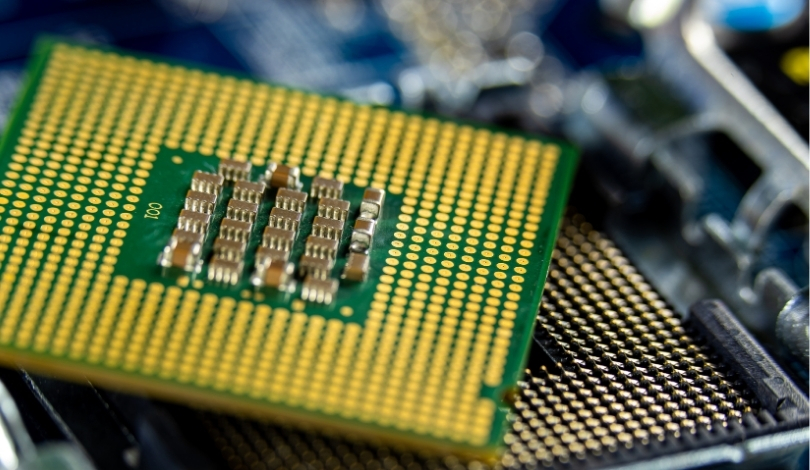The latest rumors surrounding NVIDIA‘s upcoming RTX 5000 series have ignited a wave of apprehension within the gaming community. Many enthusiasts fear that the anticipated price tags may place these high-performance GPUs out of reach for average consumers. This potential pricing strategy could significantly impact the accessibility of mid-range and non-budget graphics cards in the near future.
Recent discussions highlight a shift in NVIDIA’s market approach, which may prioritize premium segments over broader consumer bases. The speculation about RTX 5000’s cost aligns with previous trends where advanced technology often comes at a steep price. Experts suggest that this could lead to a gap in the market for affordable yet powerful GPUs.
How Will High Prices Affect Gamers?
Elevated prices may deter a significant portion of gamers from upgrading their systems, potentially limiting NVIDIA’s reach. This could result in decreased market share as consumers turn to alternative brands offering more affordable options.
What Are Competitors Doing in Response?
Competitors like AMD are likely to seize the opportunity by enhancing their own GPU offerings, aiming to attract budget-conscious consumers. This competitive pressure may intensify, leading to innovations and price adjustments across the industry.
Can NVIDIA Justify the Price Hikes?
“The RTX 5000 series offers unparalleled performance and cutting-edge features that justify the higher price point,”
an NVIDIA spokesperson stated. The company emphasizes advancements in technology and efficiency as key factors supporting their pricing strategy.
Looking back, previous GPU releases by NVIDIA have similarly introduced high-end models that set new performance standards but also came with premium pricing. This pattern suggests a consistent strategy of targeting enthusiasts and professionals willing to invest in top-tier hardware.
The potential high cost of the RTX 5000 series could redefine consumer expectations and purchasing behaviors in the GPU market. While NVIDIA seeks to push the boundaries of graphics technology, ensuring a balance between innovation and affordability will be crucial in maintaining a diverse customer base. Consumers may need to weigh the benefits of upgraded performance against the financial implications, influencing their future hardware investments.










